TLDR
You've probably seen them at your local fast-food joint: self-serve kiosks. You come in, order your food, and voila—it's ready for you with no human interaction required. But it's not just about convenience—self-serve kiosks have a much broader purpose.
Because of increasing minimum wage laws across the country, restaurants are struggling to keep up with labor costs. This is where self-serve kiosks come in. These technologically advanced machines could be the answer to rising wages in the restaurant industry, but they may also come with some pitfalls that could potentially hurt the industry in the long run. In this article, we'll explore just how effective self-serve kiosks are in helping restaurants reduce labor costs while keeping quality of service high.
Impact of Rising Wages on the Restaurant Industry
You may have noticed it: the prices at your favorite restaurants are steadily increasing, and that's largely due to the labor crunch restaurants are experiencing with wages going up and less workers available. As minimum wages in states across the country rise, restaurant operators must adjust their payroll costs or risk being unable to turn a profit. In response, they're raising menu prices, instituting service charges, and cutting hours and closing locations altogether—none of which is ideal.
Several restaurant chains have implemented a solution that dramatically changes the customer experience: self-serve kiosks and computer tablets. Customers can place their order directly at the kiosk—eliminating wait time—and even pay right there and then. This technology is seen as a way to get around rising labor costs while still maintaining satisfactory customer service levels.
Benefits of Self-Serve Kiosks
Self-serve kiosks are gaining momentum in the restaurant industry as a cost-effective solution to addressing rising wages. With an automated self-service system, businesses can increase their labor efficiency and productivity in a variety of ways.
For starters, the self-serve checkout system is designed to reduce wait times and virtually eliminate lines. By allowing customers to take control of their own orders, staff don't have to spend as much time inputting orders—which frees them up for other core duties, such as preparation or interacting with guests or customers.
Furthermore, self-serve kiosks can help drive profit margins higher by enabling restaurants to increase their menu options without adding extra staff for order entry, allowing restaurants to offer more flexibility and customization to customers without additional costs. In addition, the data collected from the kiosks provide insights on customer preferences that businesses can use to refine operations and better target promotions or discounts.
Different Types of Self-Serve Kiosks
If you're considering self-serve kiosks, there are a few different types that could work for your restaurant.
Floor Kiosks
Let's start with the classic—floor kiosks. These are the ones you've probably seen in fast-food eateries, with a big monitor and touchscreens right at countertop height. This type of kiosk is perfect for customer convenience, with bright screens that make it easy for customers to get started quickly and easily.
Wall Kiosks
The next type is wall kiosks, which are perfect if you’re low on space but still want to offer customers self-serve options. These usually come with a cashier-style monitor and keyboard for customer input. Wall kiosks are ideal for restaurants who serve simpler orders—since customers will be entering their own orders, the offerings have to be straightforward enough that people can easily understand them and find what they’re looking for without assistance.
Tabletop Kiosks
The third type is tabletop kiosks, which provide integration at the table level and can cut down on wait times significantly since customers don’t need to wait in line at the counter to place their order. Instead, they can take charge of the ordering process right away—at their tables! Tabletop kiosks also allow restaurants to upsell items on menus, as well as provide customers with other helpful information like nutrition facts or allergy alerts.
What Platforms Are Available for Self-Serve Kiosks?
If you're wondering what type of self-serve kiosk platform you should choose, there are a few things to consider. Depending on the type of restaurant or establishment you own or manage, you may want to go with a specific type of self-serve kiosk platform. Here's a quick overview:
Quick Service Kiosks
If your restaurant is a fast food place, then it's likely that you'll want to opt for a quick service kiosk platform. These are designed specifically with speed and efficiency in mind, perfect for places that need to move customers through quickly.
Table Service Kiosks
Table service kiosks are the choice for restaurants where orders are taken at tables and waitstaff has to spend time walking back and forth between the kitchen and tables. This type of kiosk can be used in combination with time-saving technologies like order confirmation on customers' phones and payment options that don't require waitstaff, allowing them to focus on what really matters—serving your customers quickly and efficiently.
Self-Ordering Kiosks for Food Trucks
For food truck owners, self-order kiosks provide an efficient way for customers to order without any additional staff needed. With this setup, food truck owners can enjoy the mobility of their business while ensuring customer orders are taken quickly and correctly so most orders will not be forgotten or confused during busy lunch rushes or special events.
No matter which type of self-serve kiosk platform you decide on in the end, they all have one thing in common: they streamline the ordering process by providing customers with an efficient way to order their food without having to wait in line.
How to Integrate a Self-Serve Kiosk Into Your Restaurant
All you need is an iPad or touchscreen panel, and the rest of the setup is plug-and-play. Plus, you don’t have to bother with staff training—setting up a kiosk takes less than an hour and it works right out of the box.
Cost-effective Solution
What's more, self-service kiosks are cost-effective because they don't require expensive hardware upgrades or additional employee labor costs—you can just assemble and deploy yourself. And while you don't necessarily need to hire new employees to run them, you can use the extra staff to boost customer service in other areas.
Additional Benefits
Besides helping alleviate the problem of rising wages, another benefit of self-serve kiosks is that they provide customers with a more accurate ordering system that can help reduce errors compared to manual ordering. Additionally, customers can place orders quickly without having to wait for someone else to take their order—imagine how much time this could save for busy restaurants! And let’s not forget about customization options that customers may prefer when entering their order (e.g., adding extra cheese). All this adds up to a better experience for customers and lower operating costs for restaurants.
Challenges and Tips for Success With Self-Serve Kiosks
It may seem like transitioning to self-serve kiosks is worry-free, but there are a few challenges and tips to keep in mind.
Challenges
Self-serve kiosks come with the challenge of managing labor in restaurants. While they automate the ordering process, which eliminates many customer service positions, they require dedicated training for management and maintenance.
Tips for Success
There are plenty of benefits that come with transitioning to self-serve kiosks. Here are a few tips for maximizing these benefits:
- Train staff on how to use and promote self-serve kiosks
- Ensure your customers understand how to use self-serve kiosks by providing instructions on the screen and through on-site staff members
- Design a user interface that is intuitive and easy to navigate
- Make sure the technology behind your self-serve kiosk is up to date and can support a high volume of orders
- Leverage analytics tools that can provide insights into usage data so you can make informed decisions about how best to manage your labor force
By keeping these tips in mind, you can help ensure that transitioning to self-serve kiosks is as successful as possible for your business!
Conclusion
As we can see from the evidence, not only are self-serve kiosks a viable solution to help balance rising wages in the restaurant industry, they come with a plethora of other benefits that restaurant owners should consider if they want to stay competitive. Self-serve kiosks can improve efficiency, reduce labor costs, and even generate additional sales and revenue.
However, as we have also seen, there are some potential drawbacks to self-serve kiosks that can't be overlooked. Considering the cost of implementation, the potential loss of customer service, and the rise in the cost of food and drinks, the decision to invest in self-order kiosks should be weighed carefully, and after careful consideration.
When used strategically and in the right context, self-serve kiosks can be a powerful tool to help restaurants manage labor costs, improve efficiency, and even generate additional sales.


.webp)


.webp)
.png)
.webp)

.avif)
.webp)
.webp)
.webp)

.webp)










.png)
.png)







.svg)
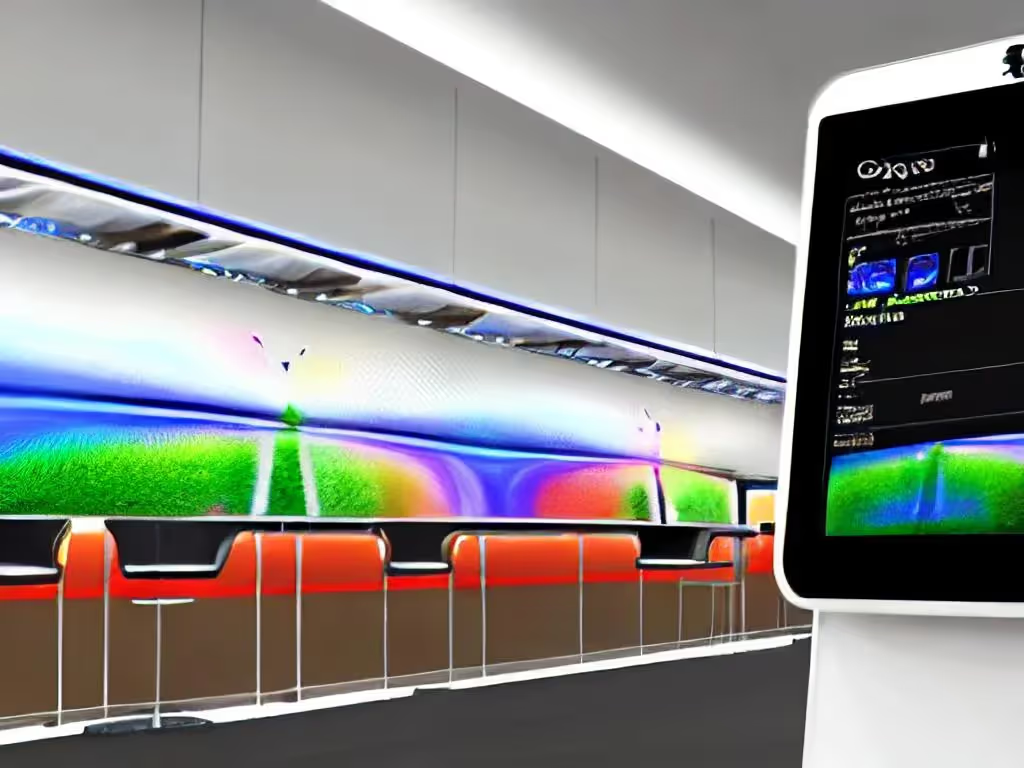




.svg)
.svg)
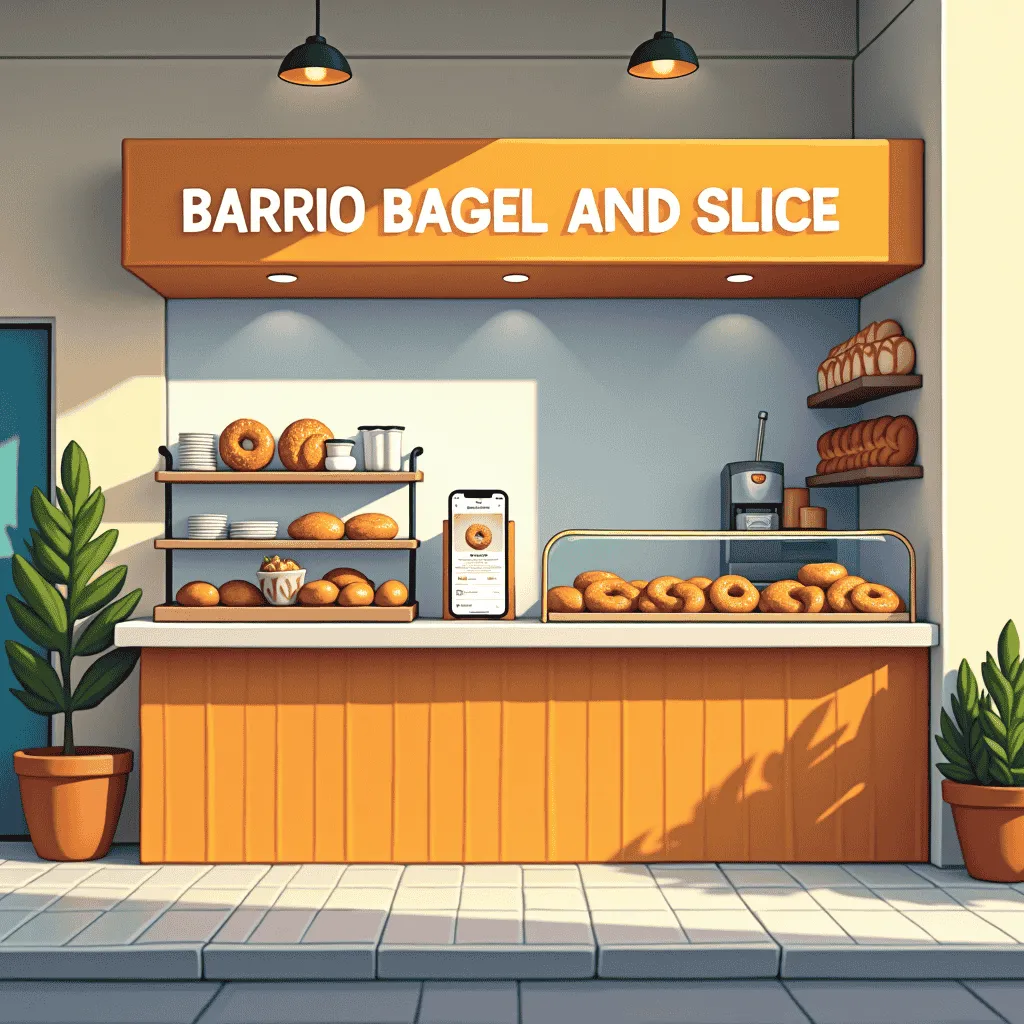

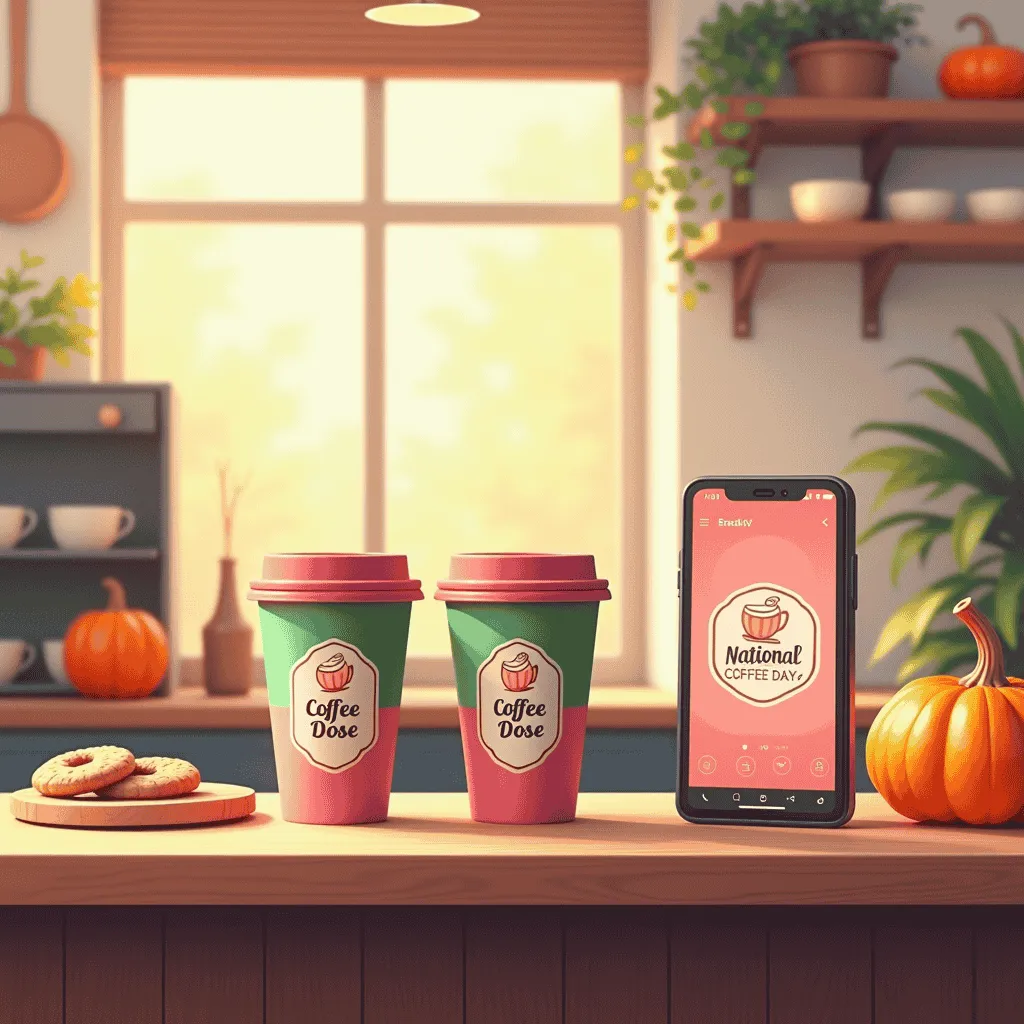
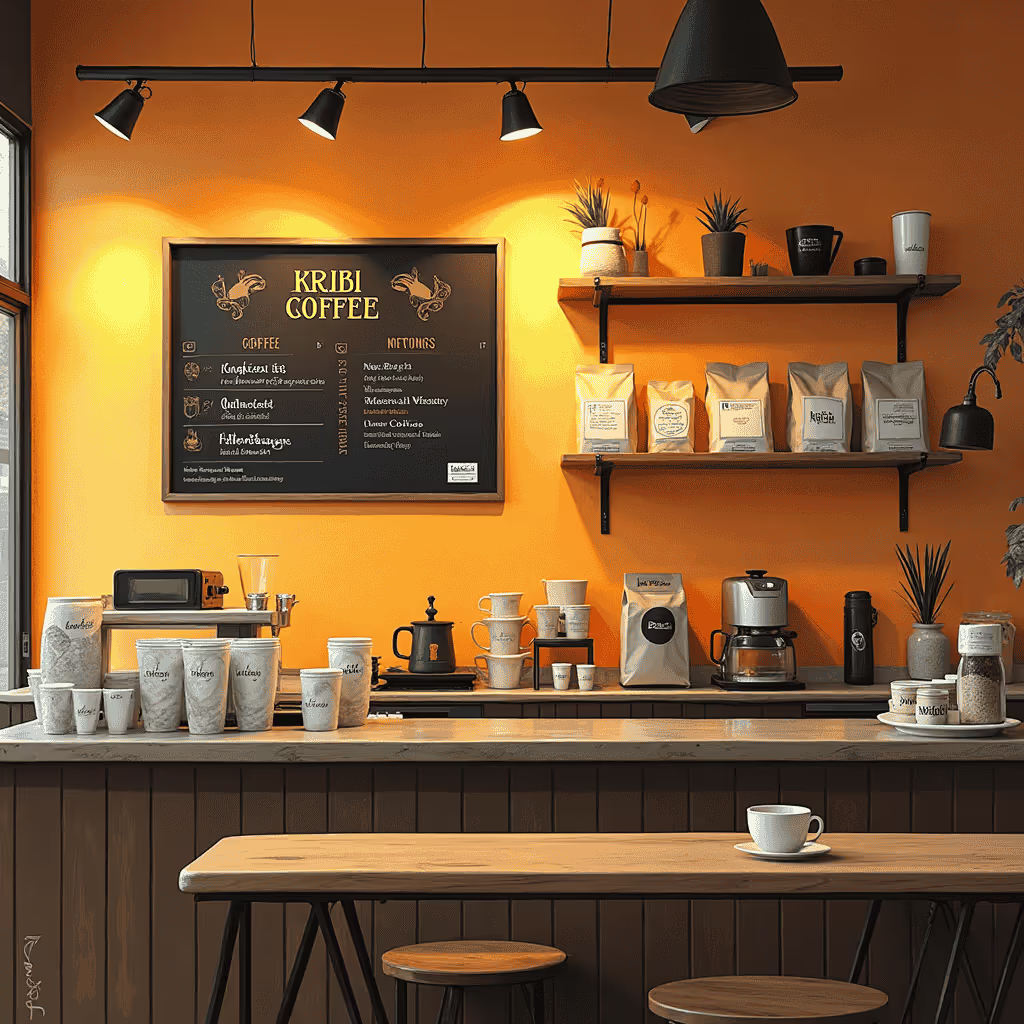
.avif)
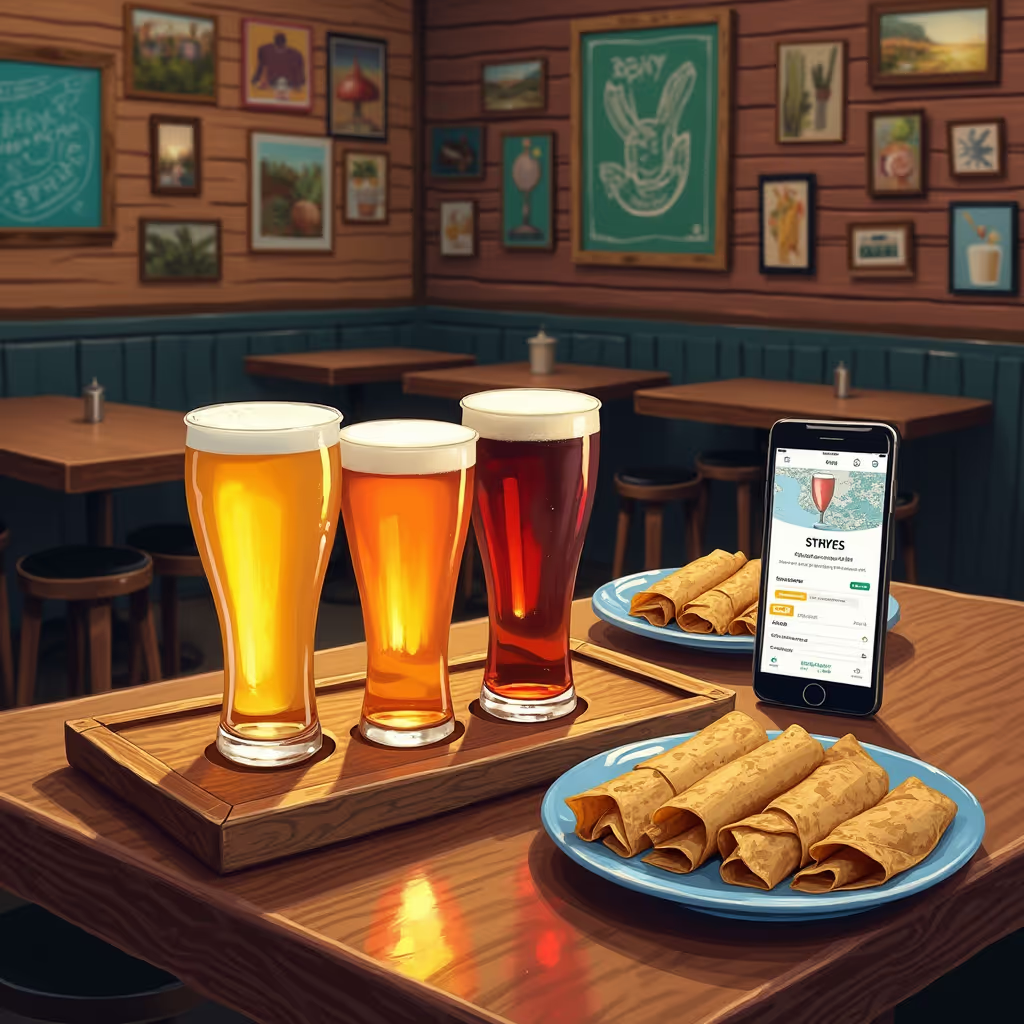
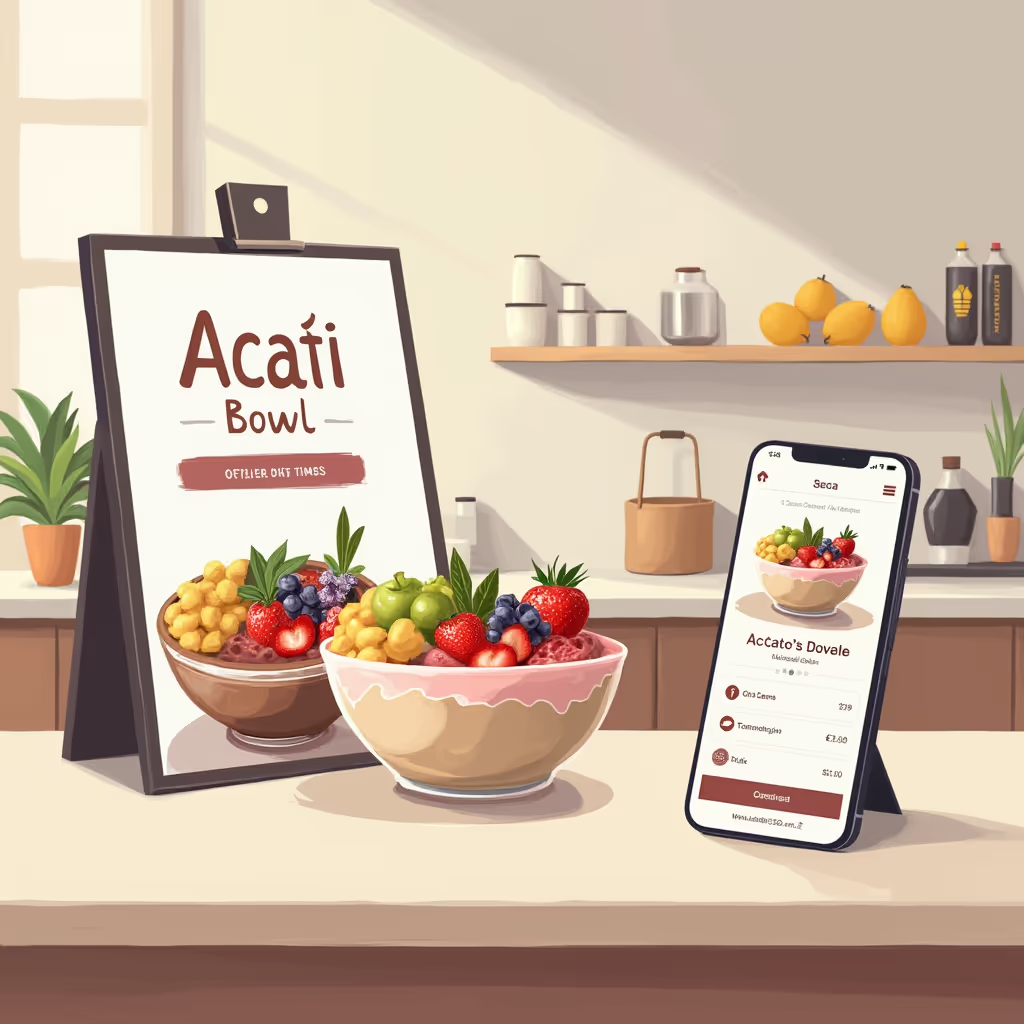

.avif)
.avif)
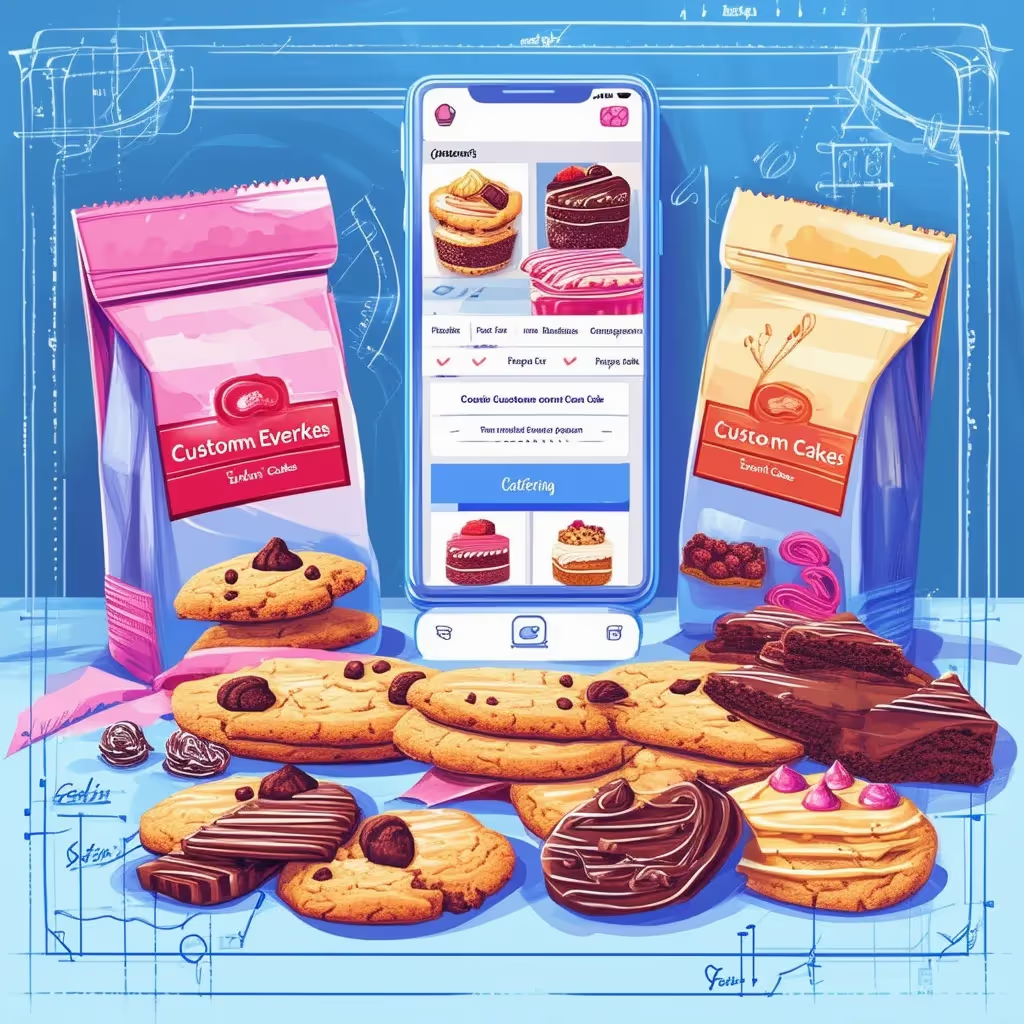
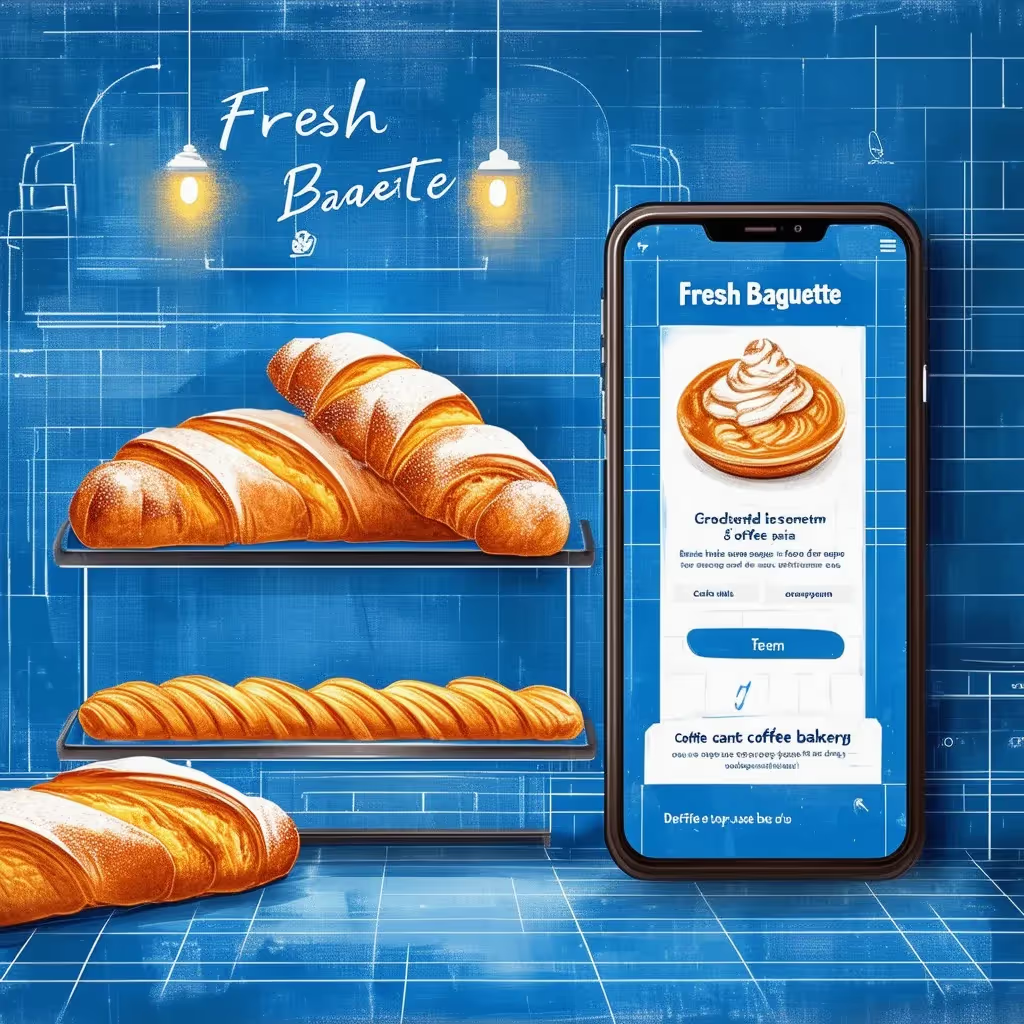
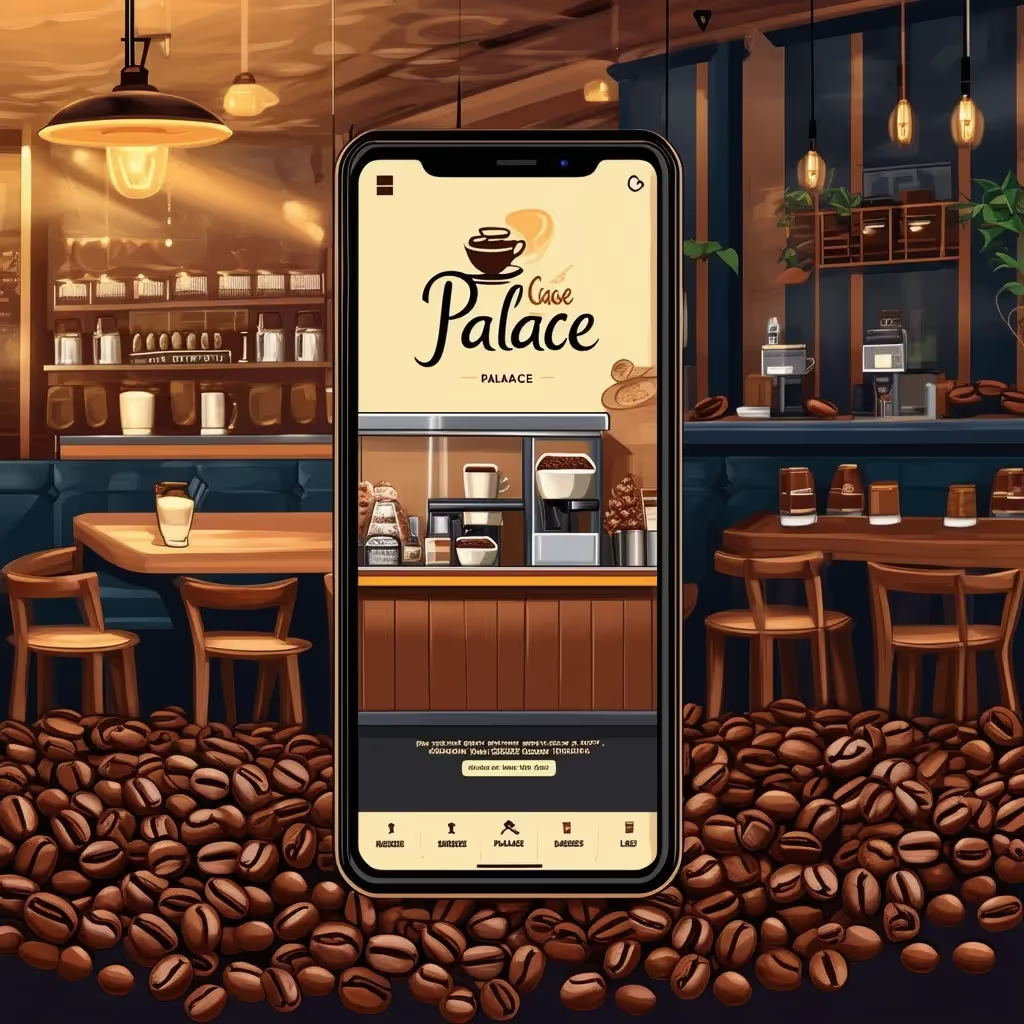

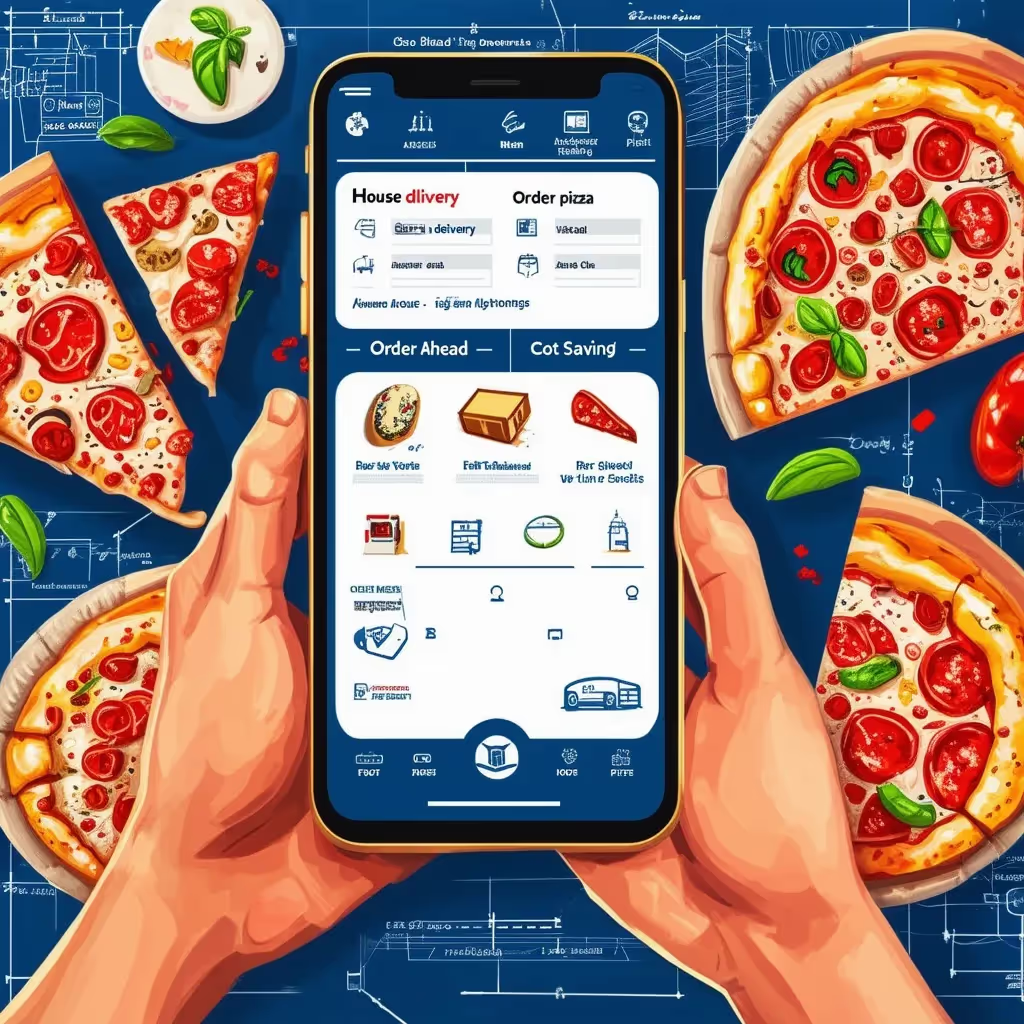

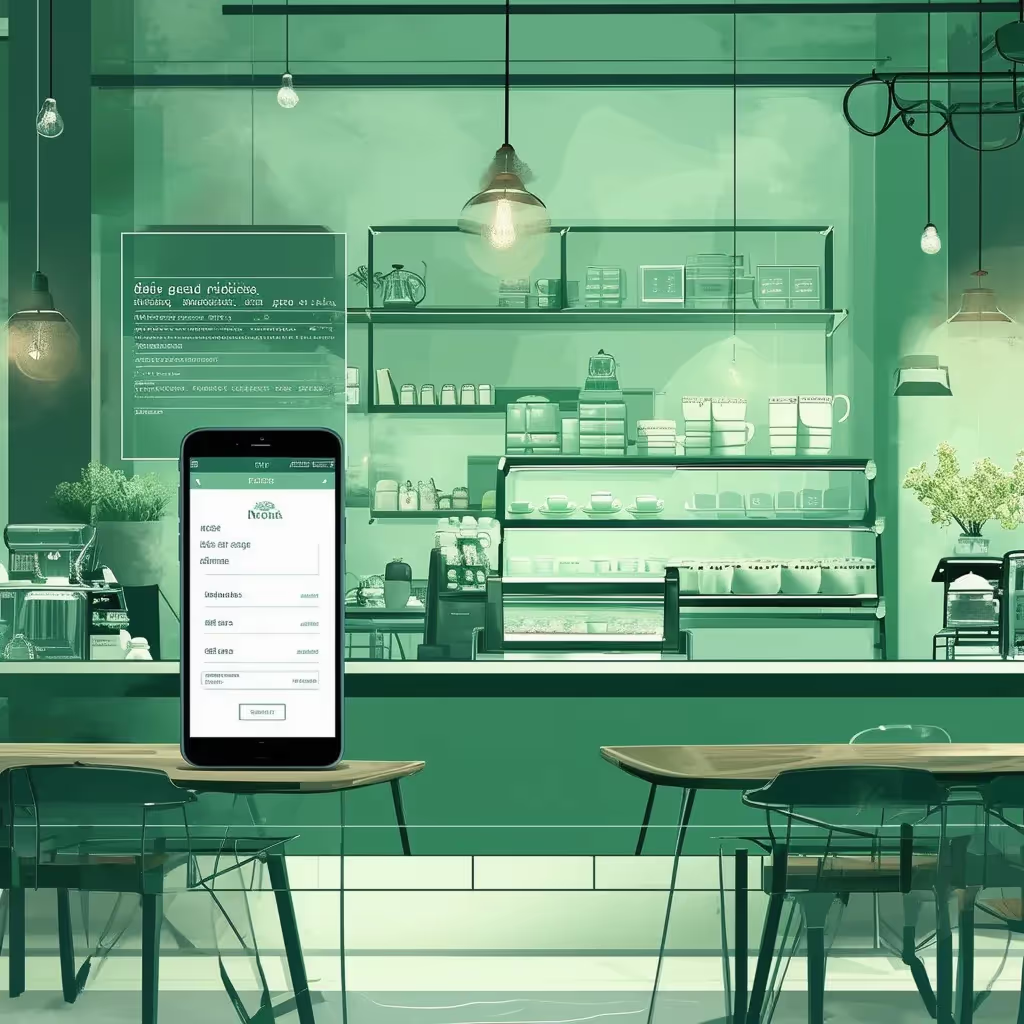

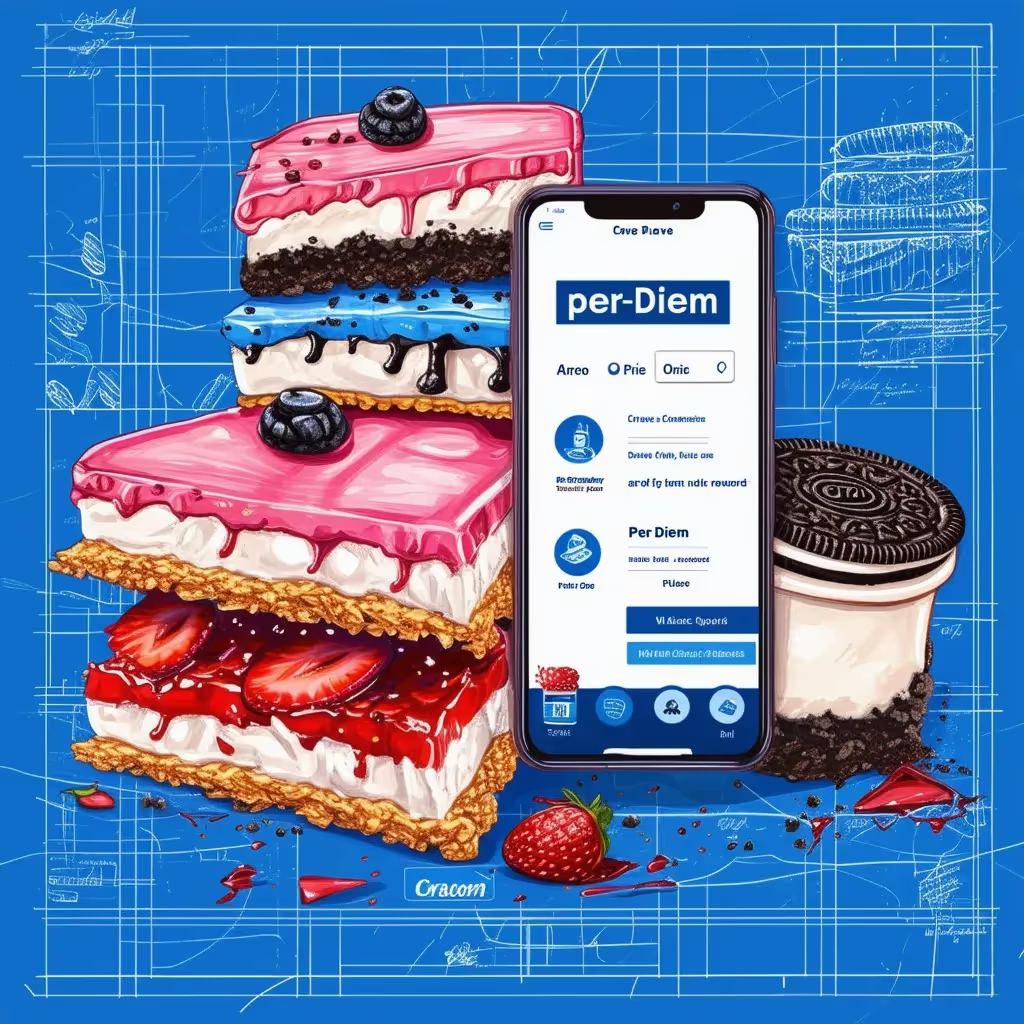
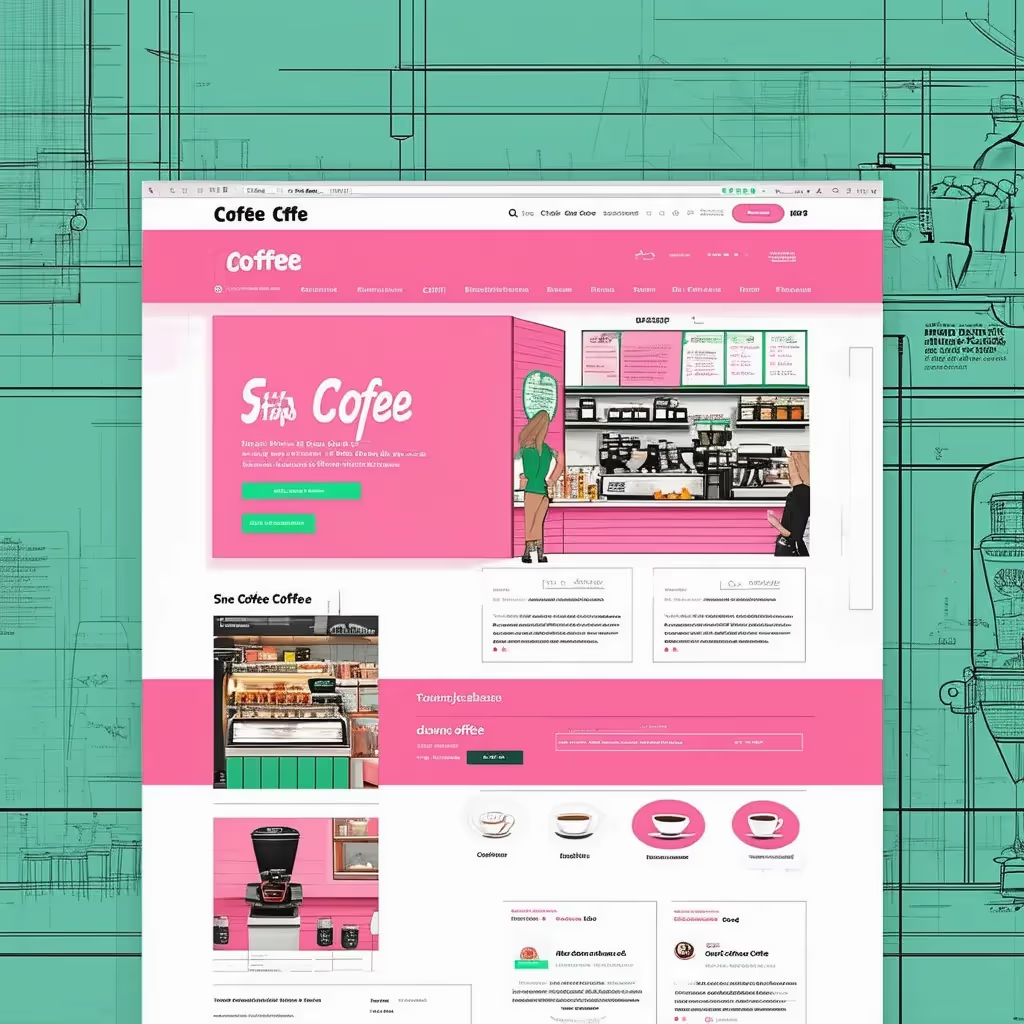
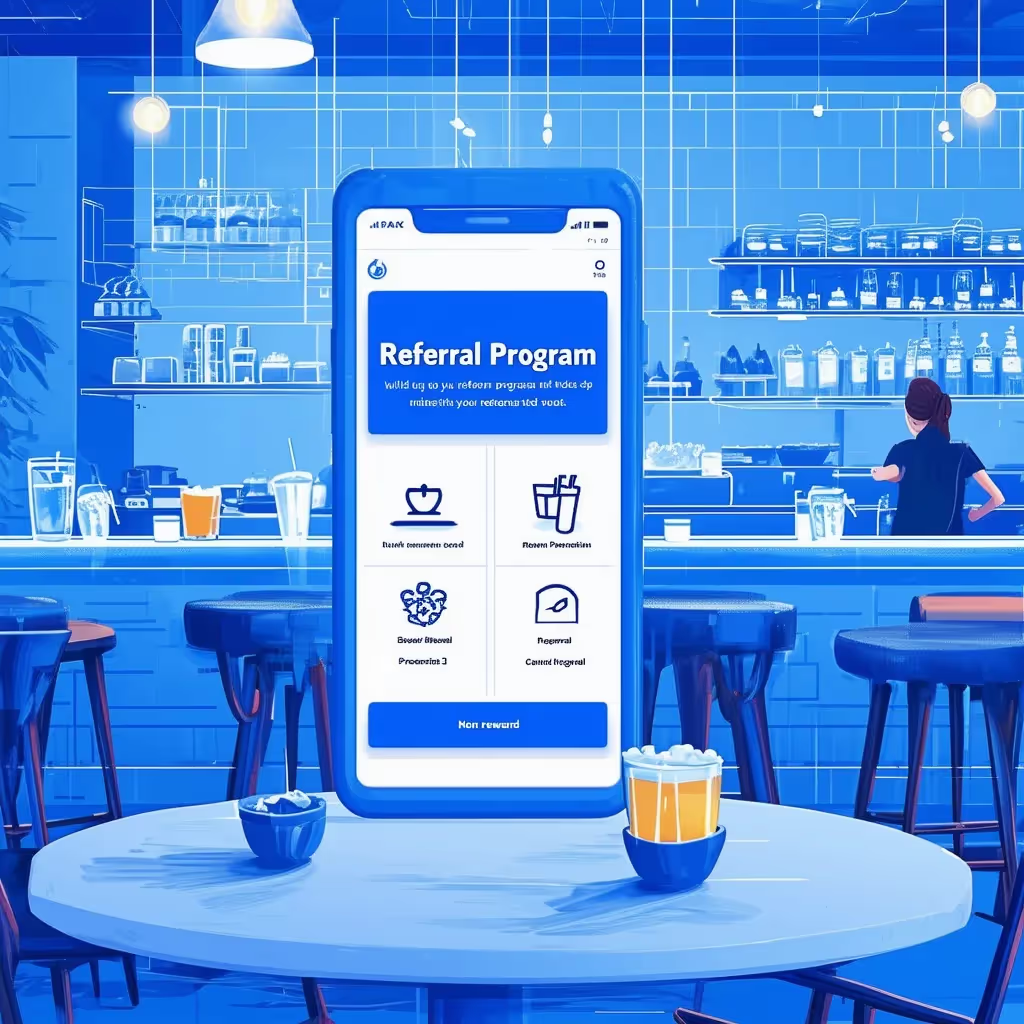


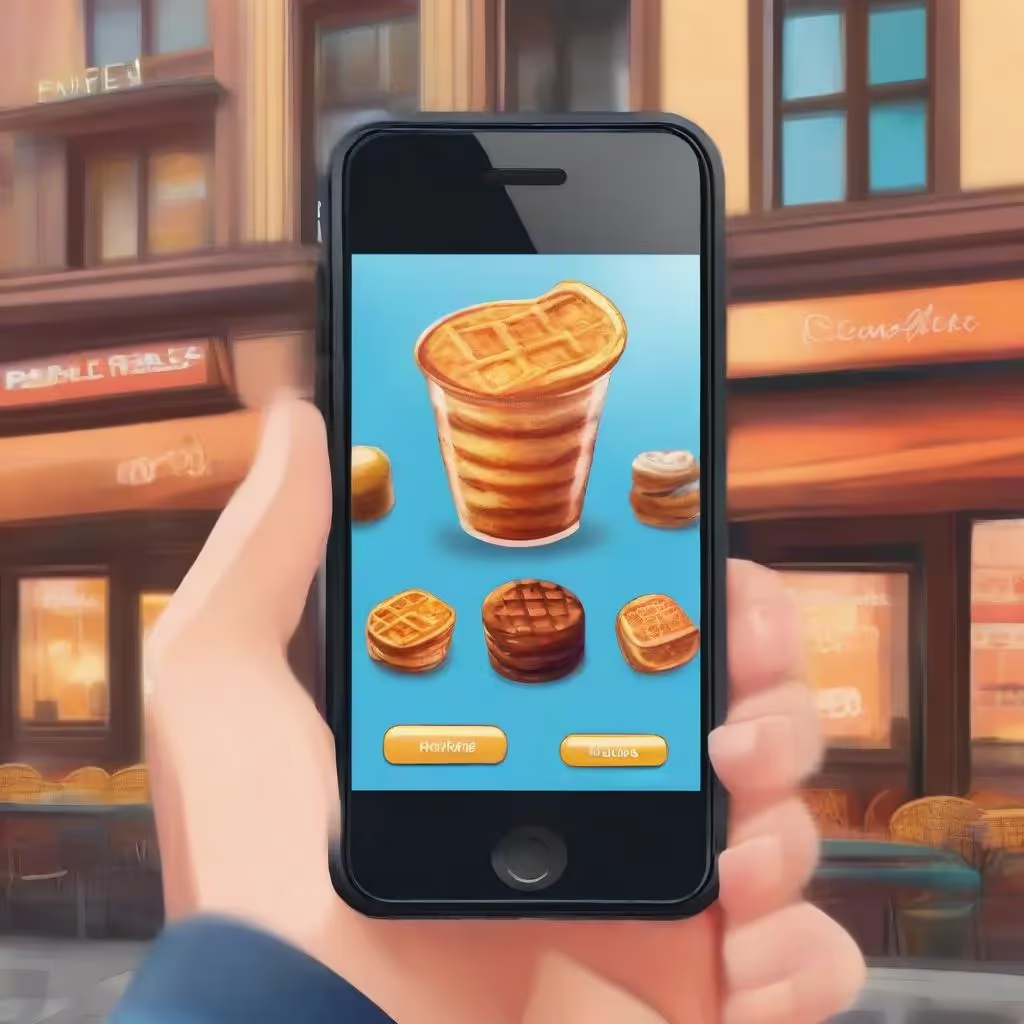


.avif)




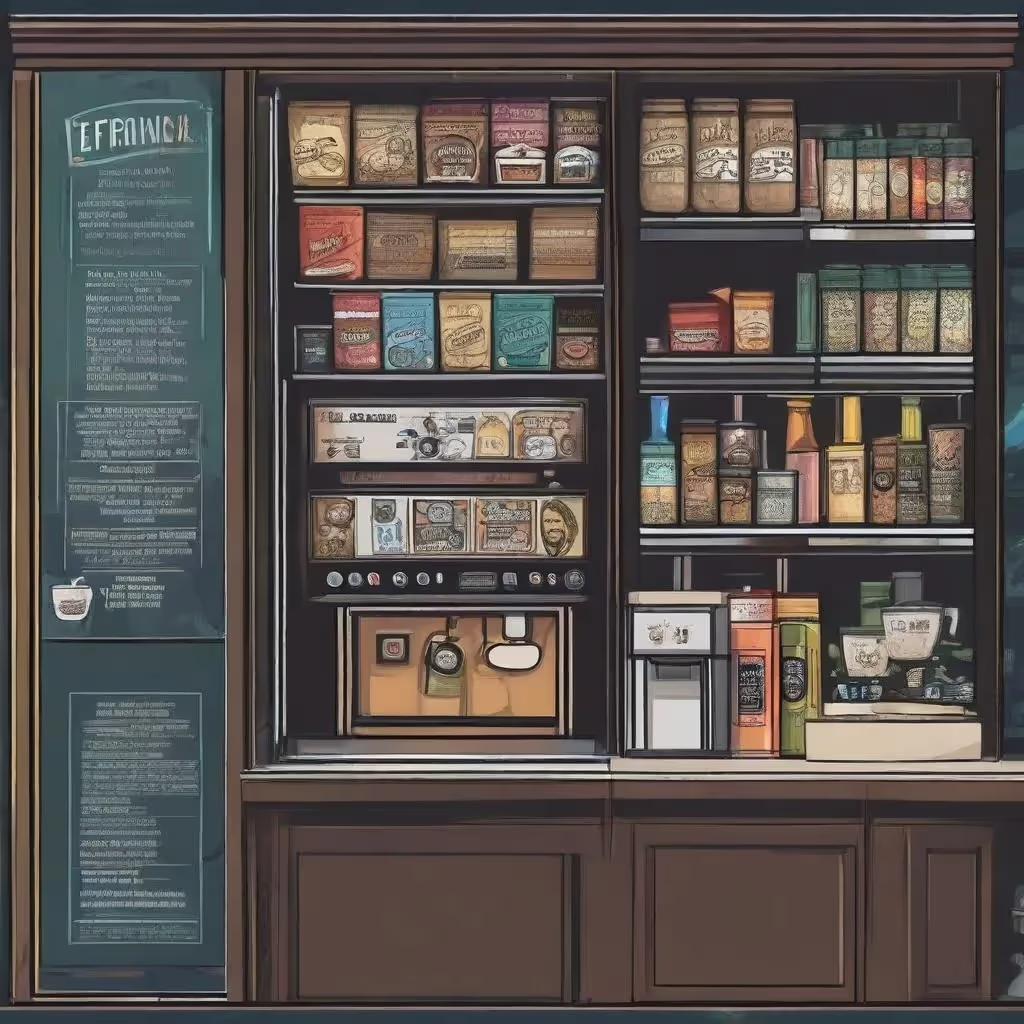
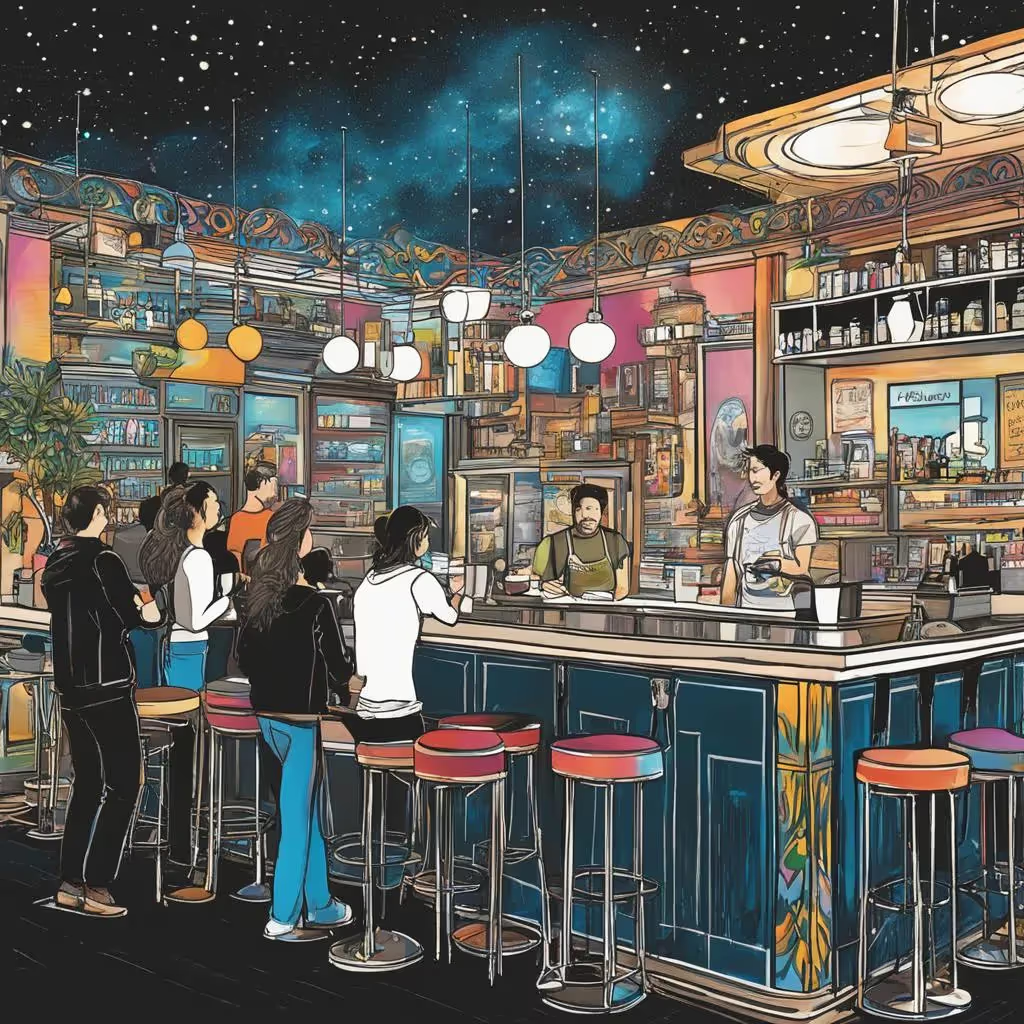


.avif)










